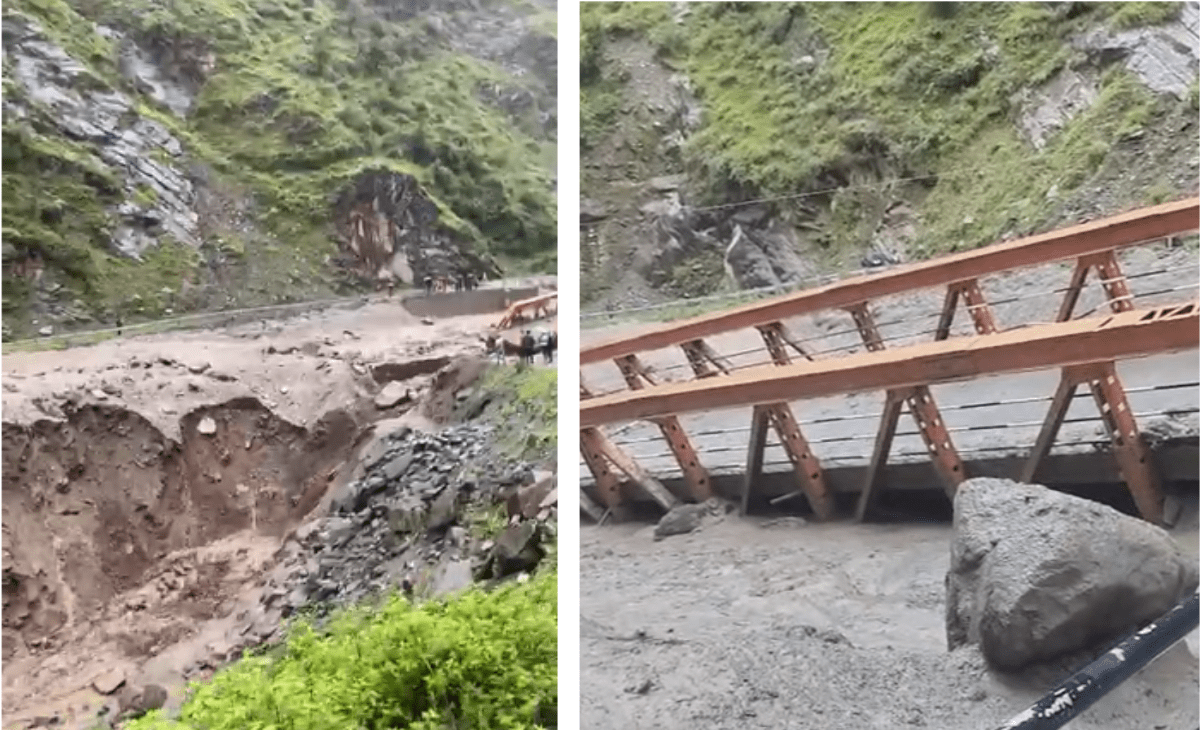Himani Sharma
Himachal Pradesh has long endured the fury of nature, but the past few years, especially 2023 and June 2025, have witnessed a disturbing increase in natural disasters, particularly landslides and cloudbursts.
These events are no longer random acts of nature but the direct consequences of persistent human interference with ecological systems. The monsoon, once a symbol of life and renewal in this mountainous state, has now begun to manifest as a destructive force.
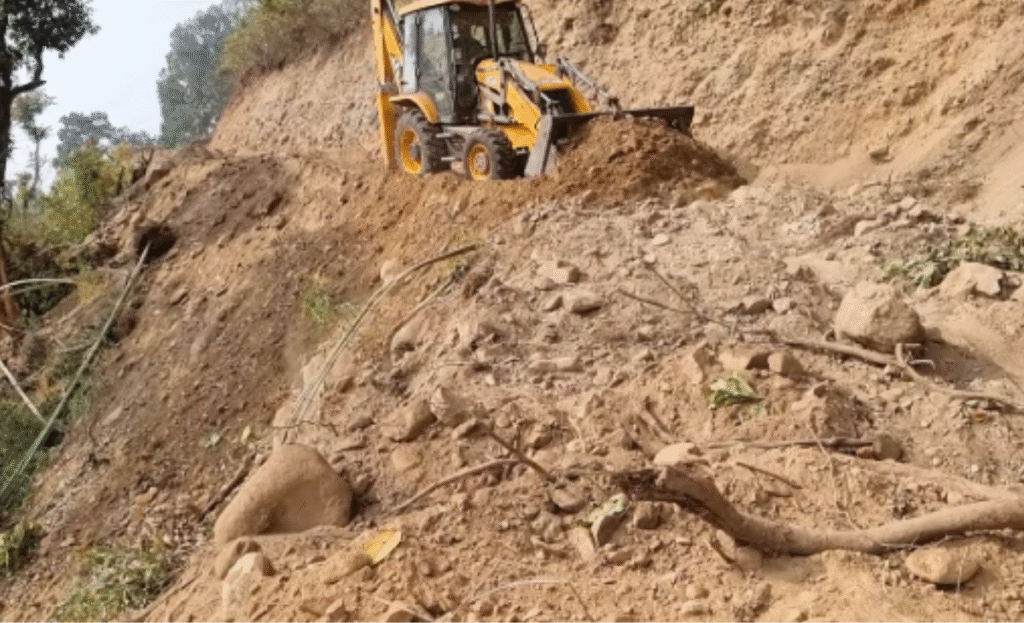
Roads and bridges are being washed away, entire villages are disappearing, thousands have lost loved ones and many are grappling with the trauma of displacement and destruction.
Geological factors
Himachal Pradesh lies in the young and geologically unstable Himalayan region. The region’s fragile rocks and loose soil make it highly susceptible to landslides. Experts estimate that over 45 per cent of the state falls under high-risk zones for landslides and avalanches, particularly areas with slope gradients between 5.9 and 16.4 degrees and elevations above 1,600 metres.
Anthropogenic factors
The rise in landslide frequency is closely linked to unplanned development and poorly executed infrastructure projects.
- Road widening through indiscriminate cutting of hills
- Blasting for tunnel and hydropower construction
- Unregulated construction on fragile terrain
- Encroachment and construction along riverbeds disrupt natural water flow, increasing soil erosion and sedimentation which further destabilise slopes
Climate change and global warming
Climate change has intensified the frequency of extreme weather events. Short bursts of intense rainfall are becoming more common. The Himalayan region has witnessed a measurable increase in average temperature, leading to greater atmospheric moisture.
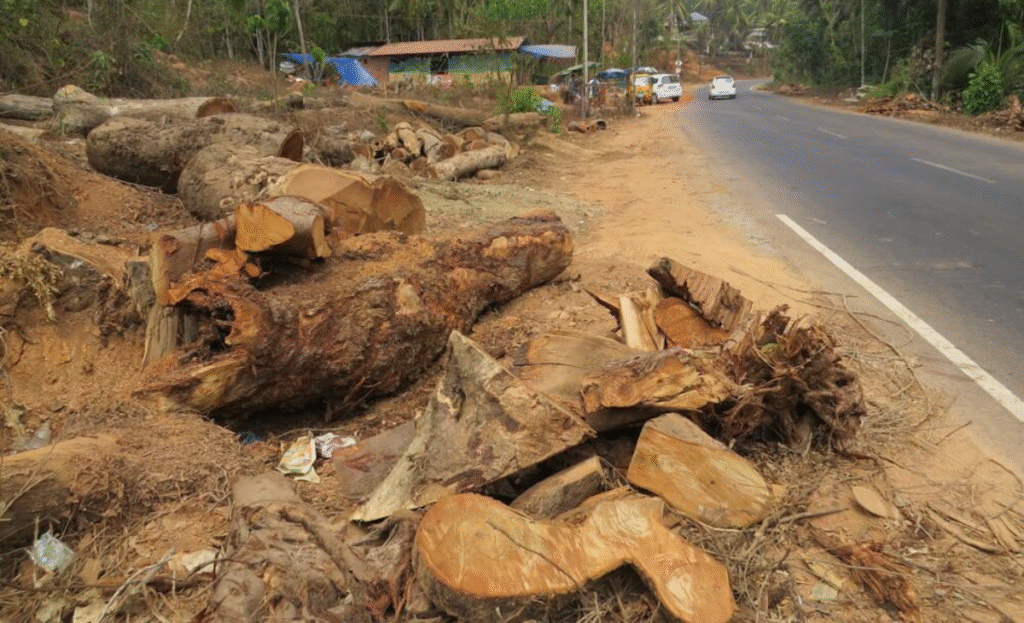
Warmer air holds more humidity, triggering sudden and intense rainfall that often results in cloudbursts and flashfloods.
Sustainable solutions
To prevent further ecological collapse and human loss, a systematic and science-based approach is essential. The following measures must be implemented:
Mandatory environmental assessment
No infrastructure or development project should begin without a comprehensive geological survey and a detailed environmental impact assessment.
Strict Forest Conservation and Reforestation
A complete ban on deforestation must be enforced. Reforestation efforts should be undertaken in vulnerable areas to restore ecological balance and strengthen slope stability.
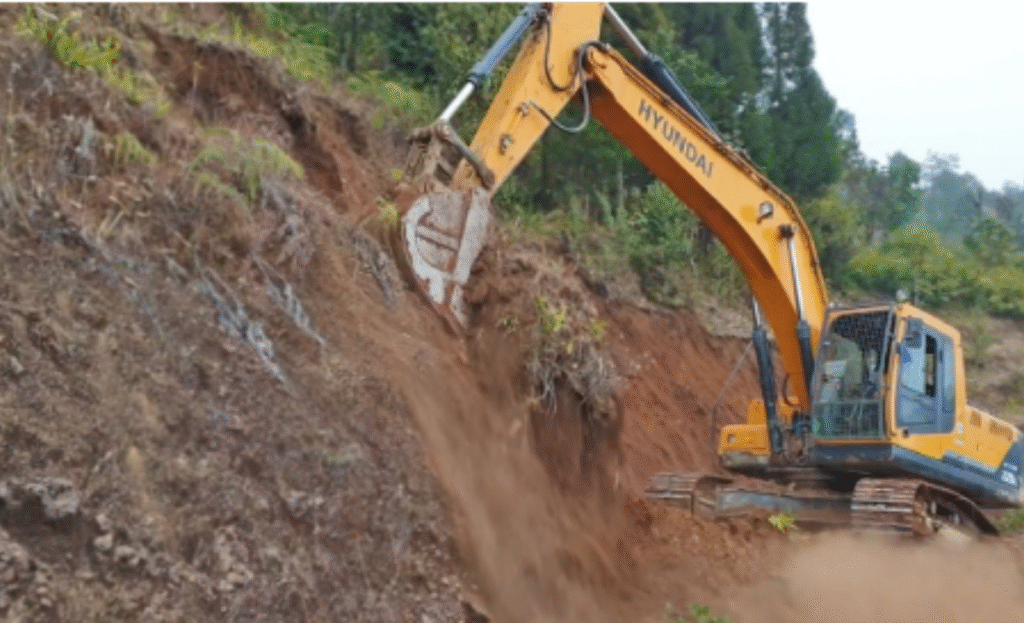
Drainage infrastructure in urban and sensitive areas
Modern and well-maintained drainage systems must be constructed and regularly inspected to ensure proper water flow and reduce the risk of slope weakening.
Community preparedness and awareness
Local communities must be trained in disaster response and risk management. Public awareness campaigns should be carried out to educate residents about natural disaster risks and safety measures.
Regulation of illegal activities
Illegal mining and unauthorised construction must be strictly prohibited through enforceable legislation. Strategic climate action plans must be developed to mitigate the impact of global warming. This includes the promotion of sustainable practices and the reduction of carbon emissions through policy and public engagement.
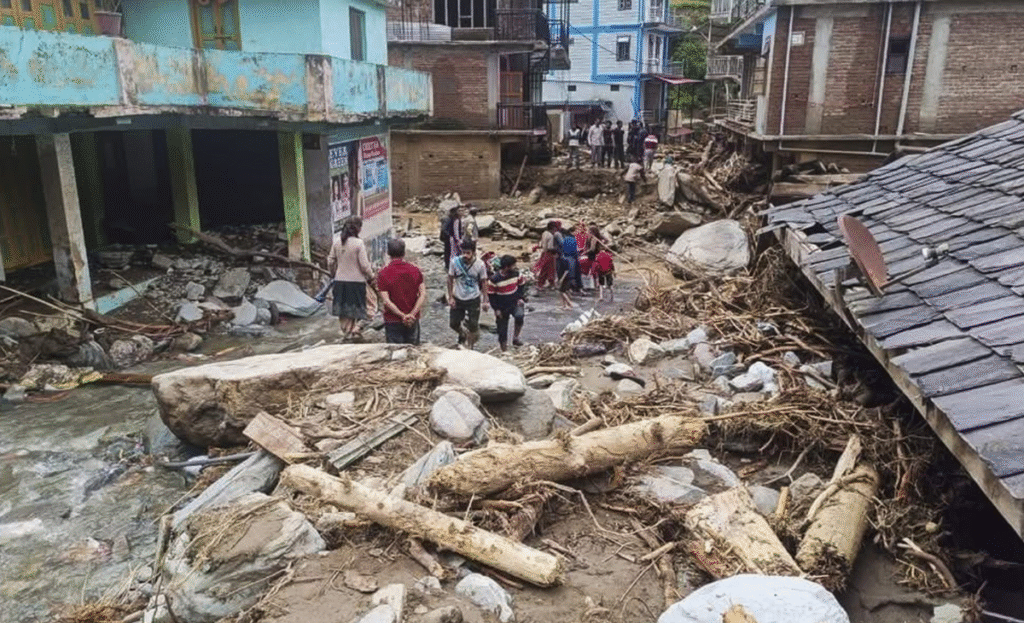
Early warning systems
Reliable and accurate early warning systems for cloudbursts and landslides should be installed in vulnerable regions. These systems can facilitate timely evacuation and reduce the risk to human life.
Prof Varun Dutt of IIT-Mandi says, “Cloudbursts are no longer just seasonal anomalies. They are clear indicators of human-driven disruptions in the Himalayan ecosystem.”
Environmental scientist Suresh Atre says, “Development initiatives must be aligned with sustainable models. Every project should undergo a mandatory environmental evaluation prior to execution.”
Himachal Pradesh now stands at a critical juncture where its natural beauty is at risk due to ecological instability. The increasing frequency of cloudbursts and landslides is endangering both life and livelihood while threatening to leave a fragile legacy for future generations.
This crisis demands immediate attention and long-term commitment. A balanced approach between development and environmental conservation must be institutionalized. With coordinated action from policymakers, scientists, administrators and communities, Himachal’s mountains can once again become symbols of strength and sustainability. The time to act is now before the damage becomes irreversible.

Himani Sharma


